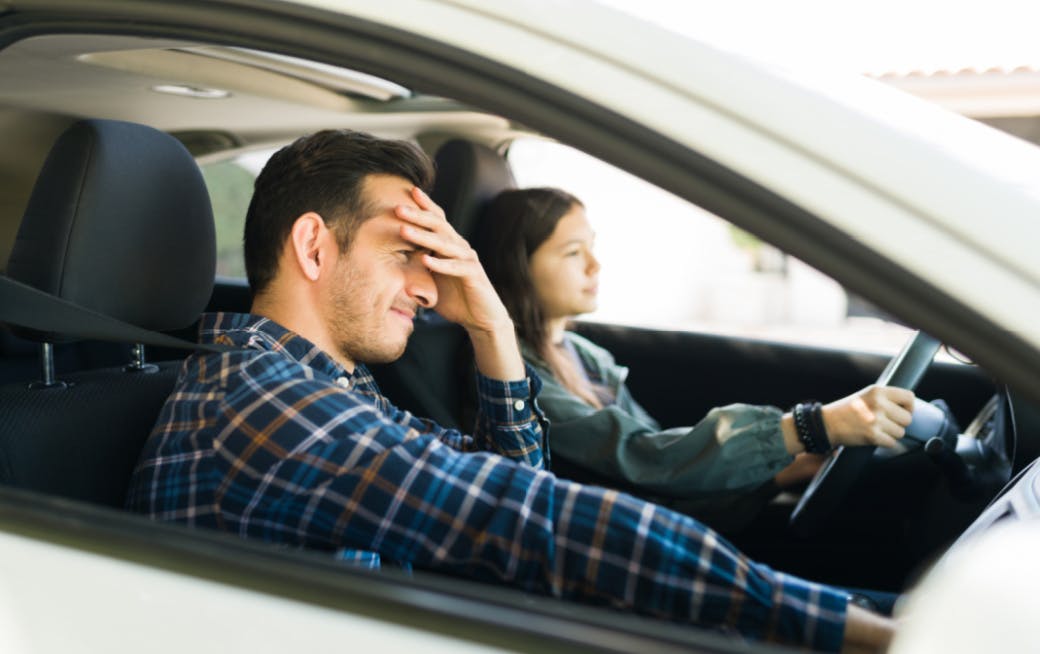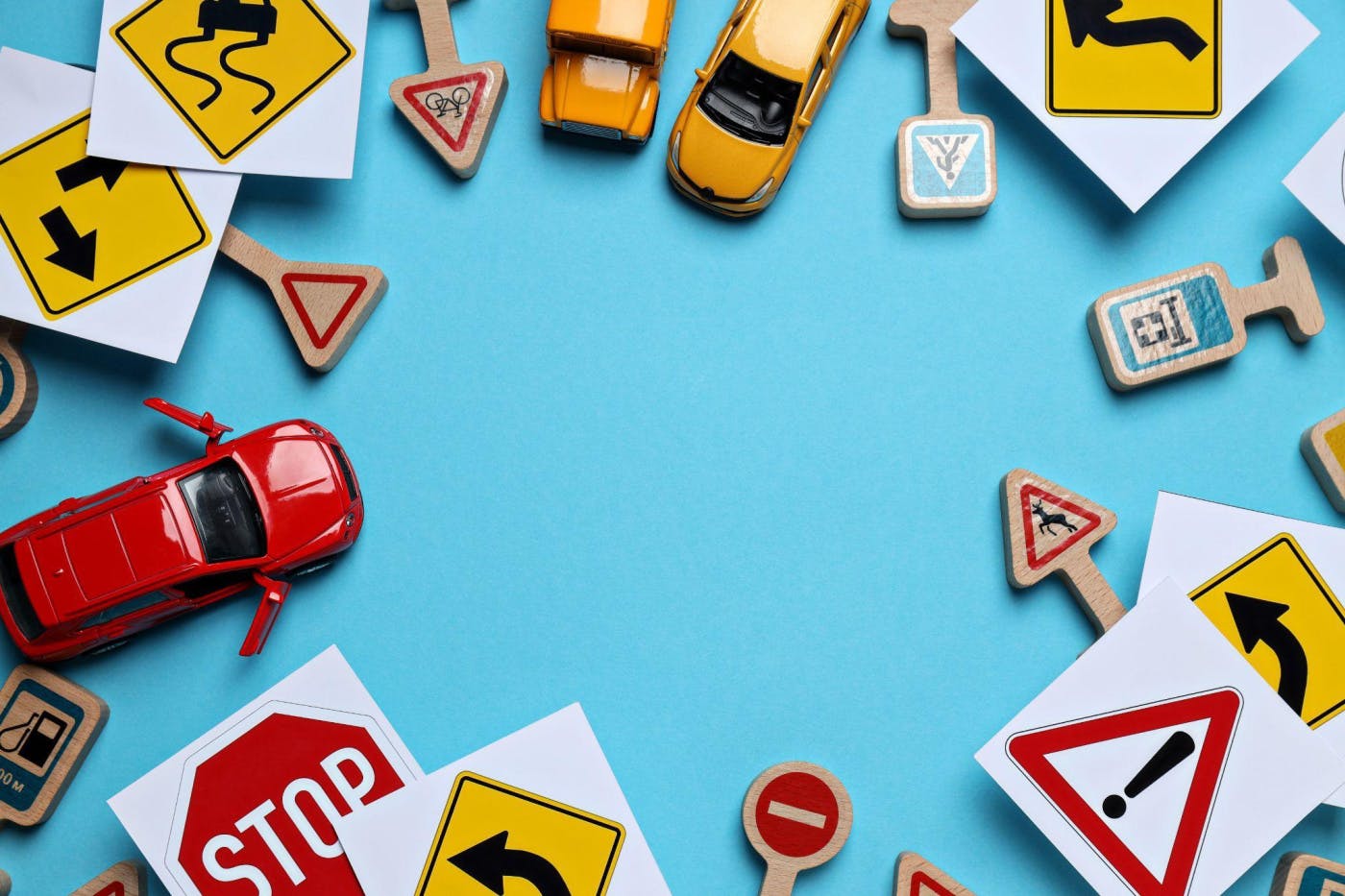8 Minnesota Teen Driver FAQs
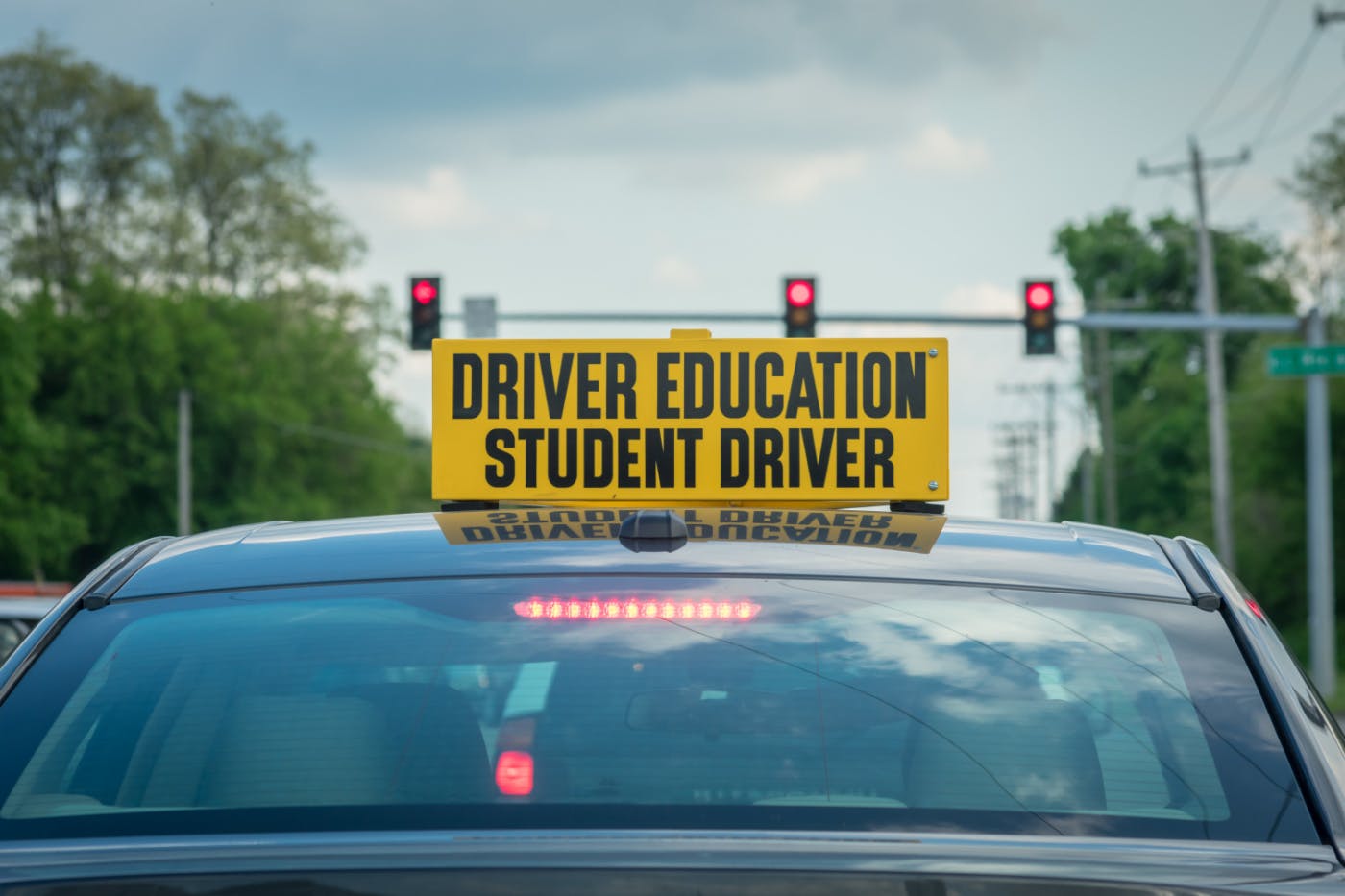
Learning to drive is an exciting time in every teenager’s life. It can also be a frightening time for parents. While driving opens new opportunities for teens, it also comes with major risks. Fortunately, Minnesota has several rules in place to protect young drivers on the road. This guide will answer the most common questions about Minnesota law for teen drivers.
1. How Do Teens Get a Driver’s License in Minnesota?
Minnesota uses a graduated driver’s licensing (GDL) program. This means teens younger than 18 must go through several tiers of experience before being fully licensed to drive. Those steps are:
- Instruction permit
- Provisional license
- Driver’s license
As teens graduate from each stage to the next, they earn new rights as drivers.
2. What Are the Requirements to Get a Permit in Minnesota?
To obtain a learner’s permit, a teen must:
- Be at least 15 years old
- Complete 30 hours of classroom instruction (not required if the driver is 18 or older)
- Enroll in a behind-the-wheel driver’s education program (not required if the driver is 18 or older)
- Pass a vision test
- Pass a written knowledge test
- Provide proof of identity and residency
- Pay a nominal fee
3. What Can a Teen Driver Do With a Learner’s Permit?
With a learner’s permit, teens can begin practicing their driving skills. However, a permit holder can only drive when supervised by a licensed driver who is at least 21 years old. This supervisor must be seated next to the permit holder. In addition to this, a permit holder cannot use a cell phone or device while driving—even in hand’s free mode. This is to prevent the dangers of distracted driving.
4. When Can a Teen Driver Apply for a Provisional License?
After a learner’s permit, the next stage in Minnesota’s graduated driver’s licensing program is a provisional license. This license gives teen drivers more rights than a permit but still maintains more restrictions than a full license. Before applying for a provisional license, a teen driver must:
- Be at least 16 years old
- Hold a learner’s permit for at least six months (with no convictions for moving or alcohol-related traffic violations during that time)
- Complete the required classroom and behind-the-wheel phases of driver’s education
- Drive under the appropriate supervision for at least 50 hours, with 15 of those hours taking place at night
Once a teen has completed these steps, they can apply for a provisional driver’s license.
5. What Can a Teen Driver Do with a Provisional License?
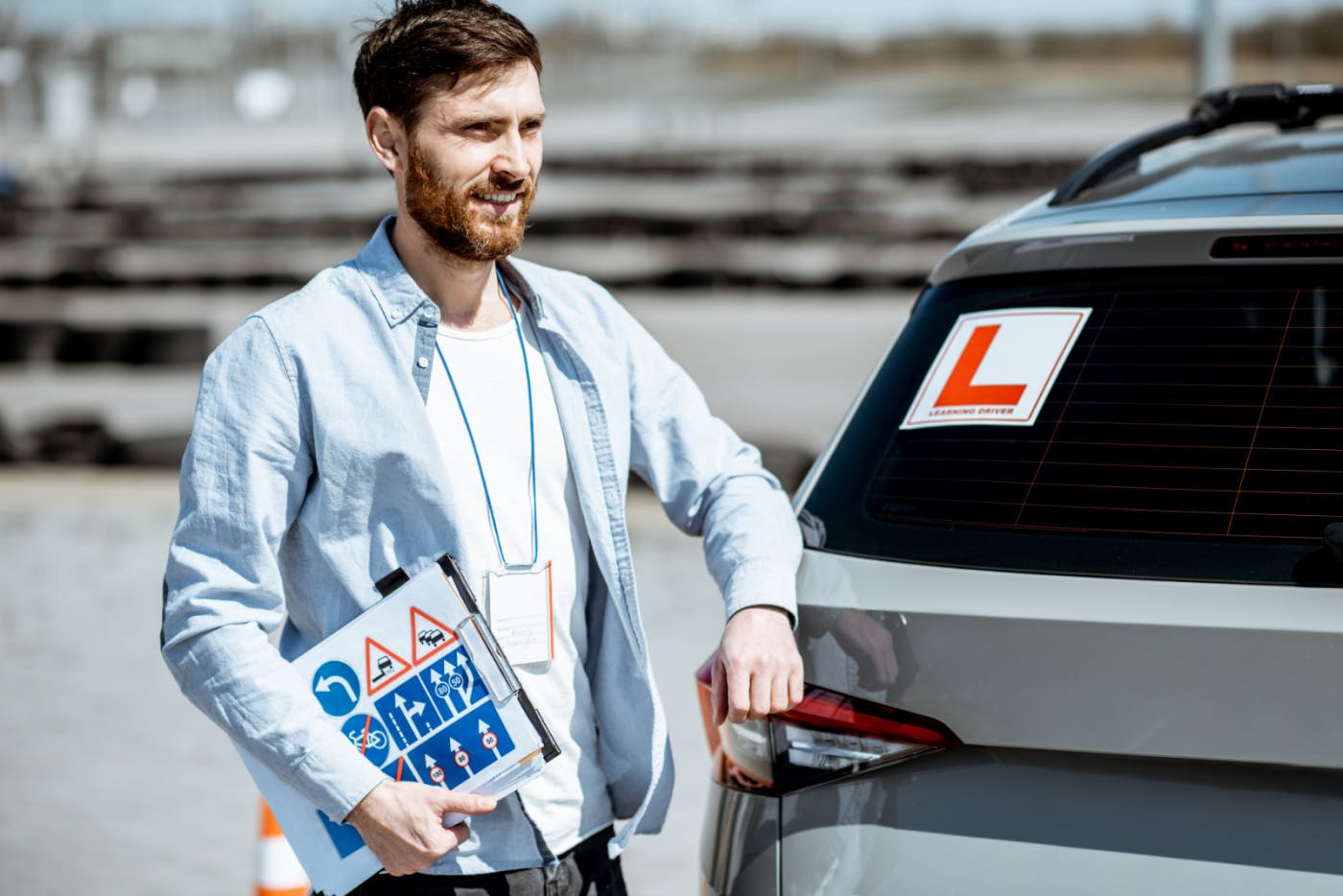
After receiving a provisional license, teens can drive alone without an adult supervisor present. There are many restrictions that provisional license holders must abide by, though.
For the first six months, a provisional license holder can only carry one unrelated passenger under 20 unless a parent or guardian is also in the vehicle.
After six months, a provisional license holder can only carry three unrelated passengers under 20 unless a parent or guardian is also in the vehicle.
- For the first six months, a provisional license holder can only drive between 5 a.m. and midnight. Outside those hours, they must have a supervising driver who is at least 25 in the vehicle. An exception can be made if a teen driver must travel outside of regular hours to work or a school activity.
- As with a permit, provisional license holders cannot use a cell phone or other device while driving, even in hands-free mode. This rule does not apply in the event of an emergency. For example, if a teen driver must use a phone to contact 911, they may do so.
6. When Can a Teen Driver Apply for a Full Driver’s License?
Teen drivers can apply for a full driver's license once they turn 18. Alternatively, they may apply once they have held a provisional license for at least 12 months with no convictions for an alcohol or accident-related moving violation. After receiving a full driver’s license, teens are entitled to all the same rights and restrictions as any other fully licensed driver.
7. Why Does Minnesota Regulate Teen Drivers More Strictly Than Adults?
Minnesota’s teen driver laws are designed to protect young drivers—and others who share the road with them. The Centers for Disease Control and Prevention (CDC) has published multiple reports on dangers and stakes for teen drivers. Some enlightening facts include:
- Drivers between the ages of 16 and 19 are almost three times as likely to be involved in a fatal crash as those 20 and older.
- Teens are more likely to speed than older adults.
- In one survey, 39% of high schoolers admitted using their phones while driving.
- In another study, only 57% of high school students reported they always wear seat belts.
Becoming a driver means taking on a lot of responsibility, and Minnesota law allows teens to learn the ropes and prove that they’re ready for the privileges of a full license.
8. What Are the Consequences for Violating Minnesota Teen Driving Laws?
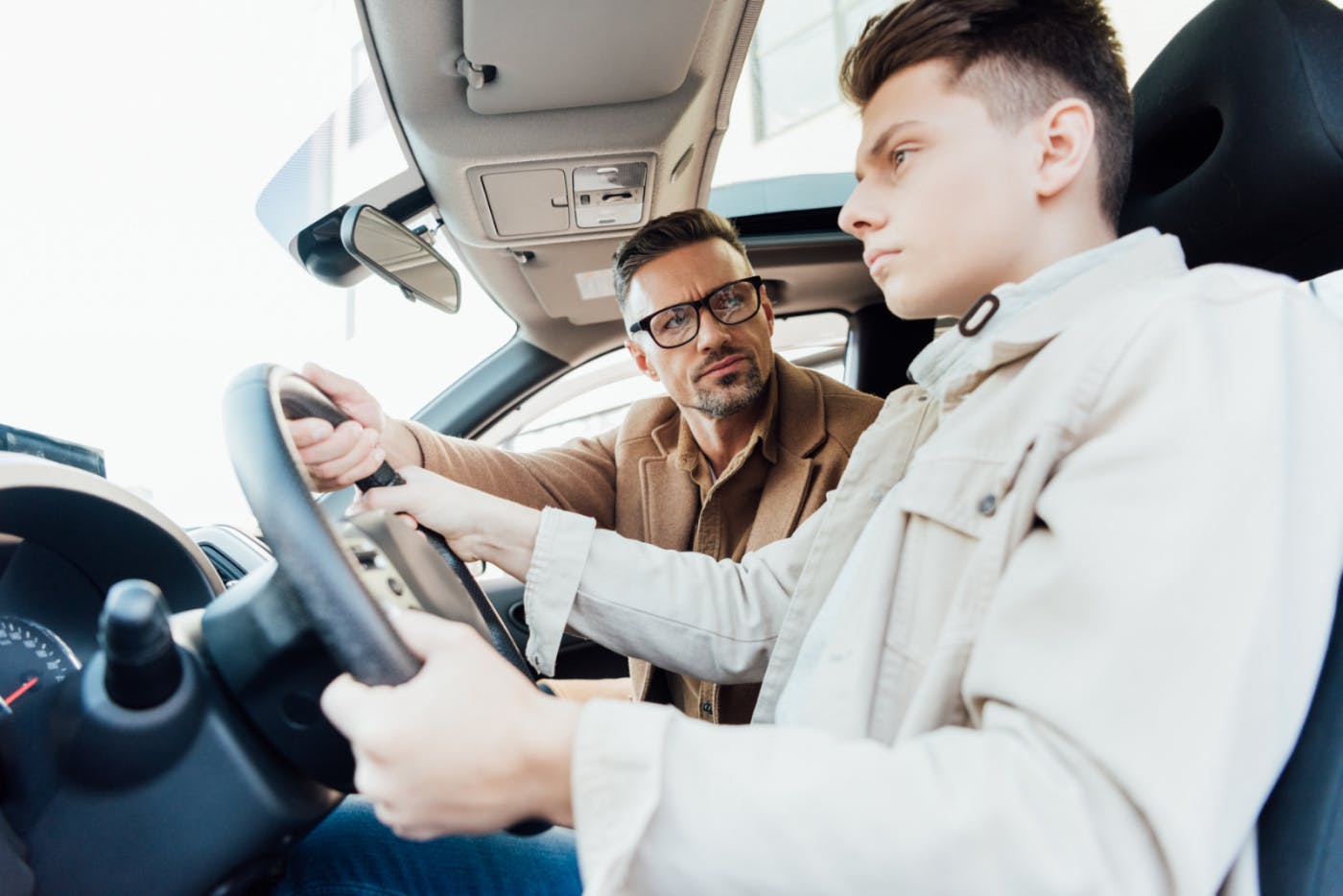
The consequences for violating traffic laws vary depending on the severity of the offense. Possible penalties include:
- Fines
- Mandatory driver safety courses
- Suspension of a permit or license
- Loss of driving privileges
If a permit or provisional license is revoked due to impaired driving or an accident-related moving violation, the teen driver will lose the right to apply for a permit or license until they turn 18. This is known as Vanessa’s Law.
Get Help from a Minnesota Auto Accident Attorney
Driving is a privilege and a serious responsibility. By following Minnesota law, teens can help protect themselves and others while enjoying the freedom of the road. However, no matter how careful you are, accidents can still happen.
If you or a loved one are injured in a Minnesota auto accident, you may be entitled to compensation—and we can help you get it. At SiebenCarey, we’ve helped thousands of injury victims get the financial support they need. Contact us, and we can:
- Explain your rights to you
- Investigate your accident
- Negotiate with insurance companies on your behalf
- Help you recover the maximum amount of compensation owed


